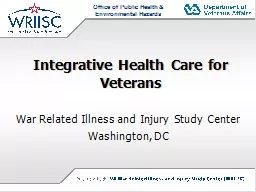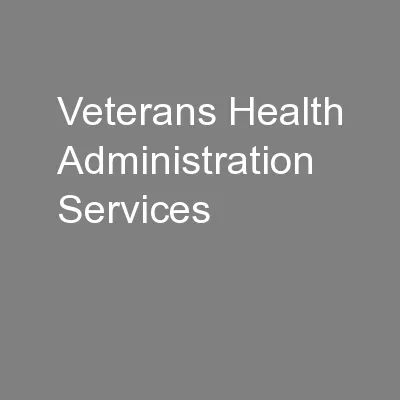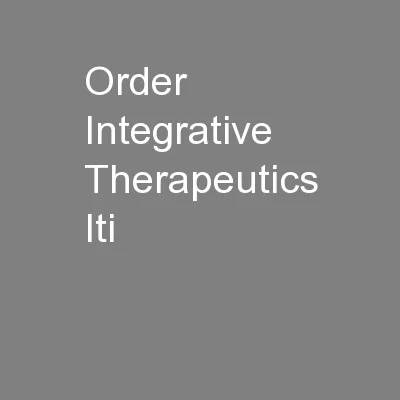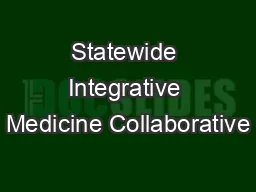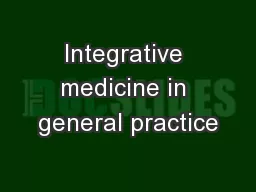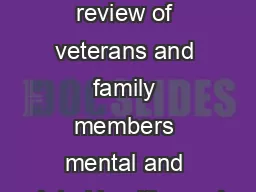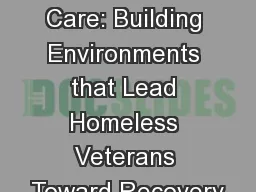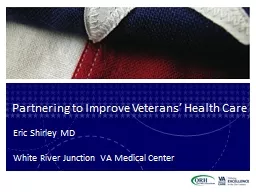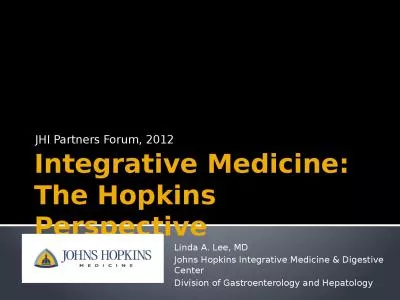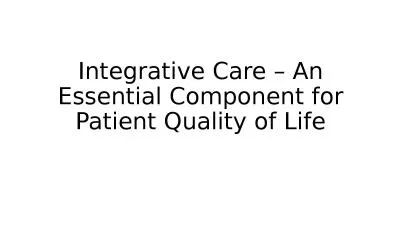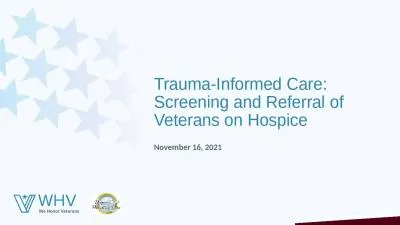PPT-Integrative Health Care for Veterans
Author : debby-jeon | Published Date : 2018-11-10
War Related Illness and Injury Study Center Washington DC Welcome Acupuncture Presenter Jeanette Akhter MD MAc Licensed Acupuncturist JeanetteAkhtervagov Integrative
Presentation Embed Code
Download Presentation
Download Presentation The PPT/PDF document "Integrative Health Care for Veterans" is the property of its rightful owner. Permission is granted to download and print the materials on this website for personal, non-commercial use only, and to display it on your personal computer provided you do not modify the materials and that you retain all copyright notices contained in the materials. By downloading content from our website, you accept the terms of this agreement.
Integrative Health Care for Veterans: Transcript
Download Rules Of Document
"Integrative Health Care for Veterans"The content belongs to its owner. You may download and print it for personal use, without modification, and keep all copyright notices. By downloading, you agree to these terms.
Related Documents

